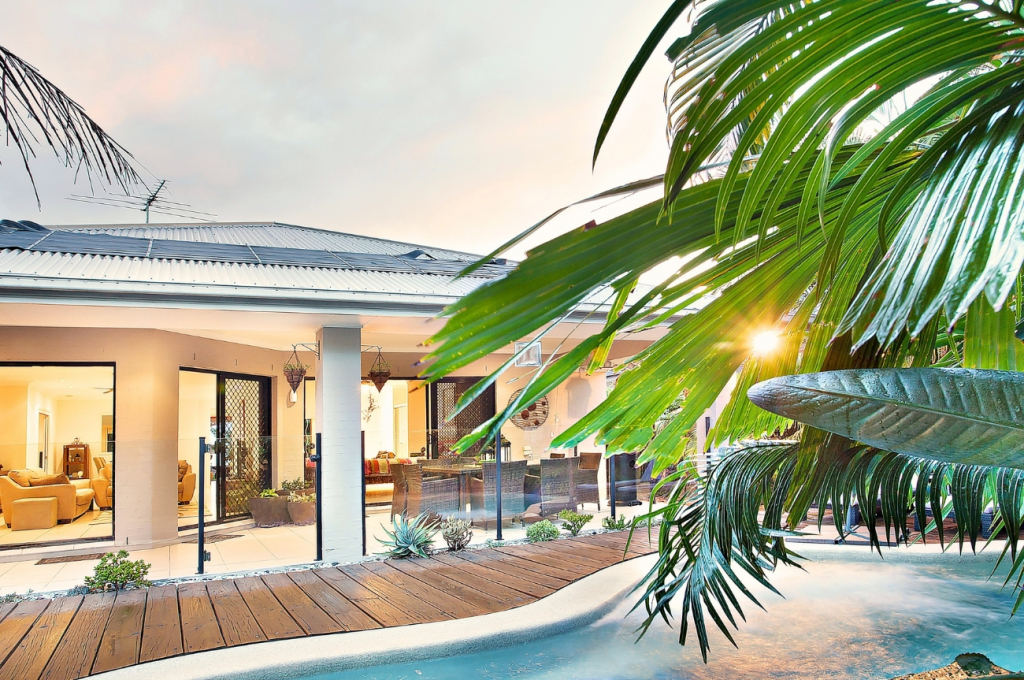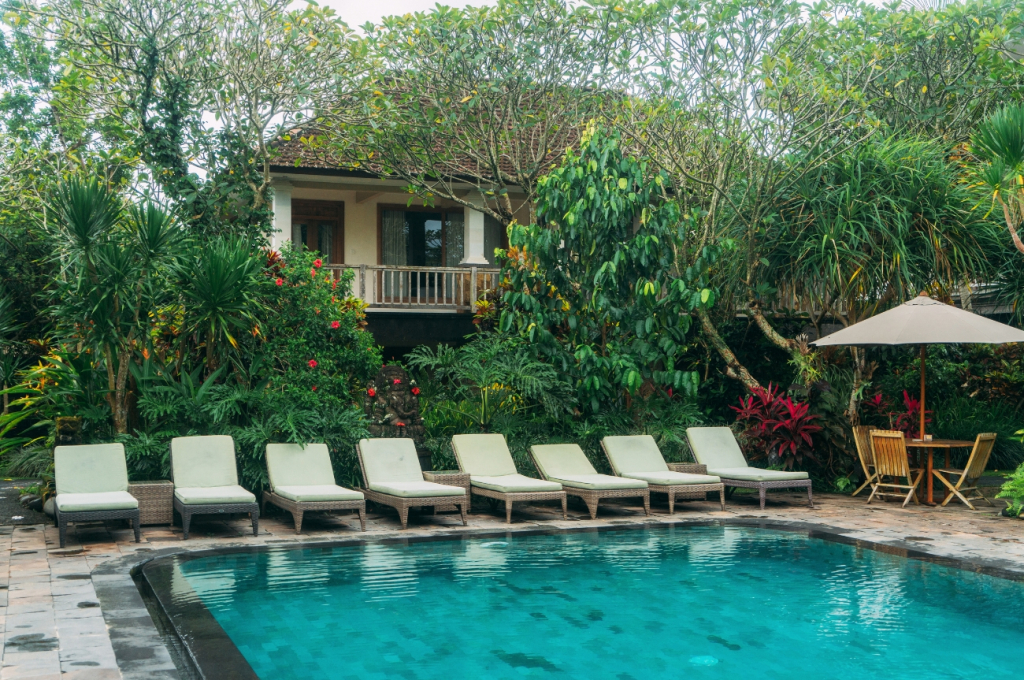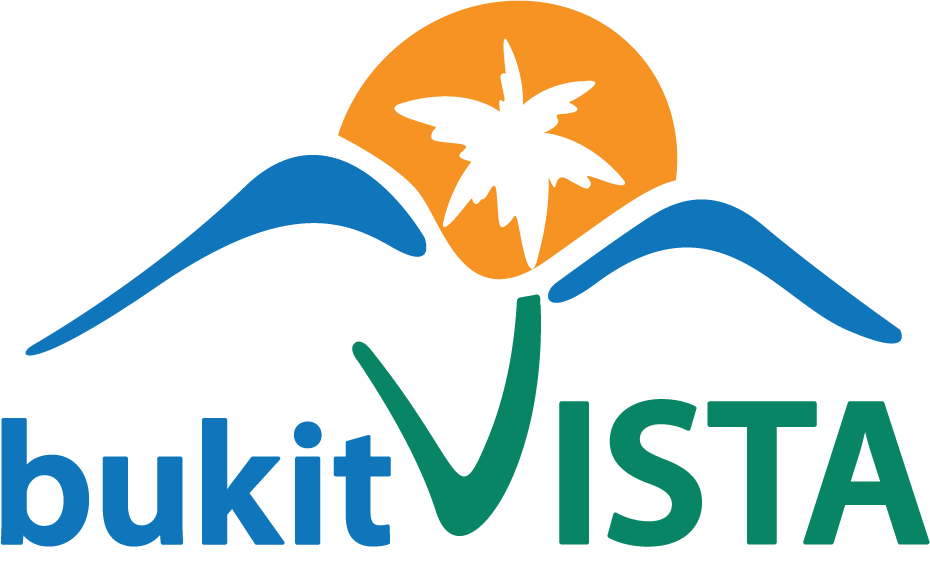Investment in Bali villa economy and alternative accommodations is booming as villas and hybrid lodging formats capture evolving traveler preferences. Hey, I’m Jason, Business Journalist at Bukit Vista, and in this article we’ll examine the rapid growth of the villa sector, the rise of hybrid models, the demographic shifts fueling demand, and why investors are increasingly attracted to these high-yield opportunities.
Growth of Bali Villa Economy

Over the past five years, Bali’s villa economy has transformed from a niche segment into a core lodging pillar. OSS-RBA-licensed villas grew by 23% in 2024 alone, outpacing the 1% growth of star-rated hotels, according to BPS data. Secondary regencies such as Klungkung (+48%), Bangli (+38%), and Karangasem (+36%) led this expansion, reflecting developers’ ability to leverage regulatory clarity to diversify supply beyond traditional resort corridors.
This surge is underpinned by villas’ faster payback periods—18–24 months versus 4–6 years for hotels—lean operating models, and higher gross operating profit per bed, which matches or exceeds legacy properties. Investors have noted average stays of four to ten nights in boutique villas, boosting revenue stability and driving IRRs in the 12–18% range.
Hybrid Models and Demographic Shifts

Hybrid lodging formats—combining private villa spaces with communal co-working, wellness, and hospitality services—are addressing the rise of digital nomads and long-stay travelers. Properties offering modular layouts, shared coworking hubs, and wellness programming report occupancy rates of 60–75% and attract guests seeking both privacy and community.
This trend gets worse by demographic changes. Millennials and Gen Z travelers prioritize flexibility, authentic experiences, and extended stays. They value direct-to-consumer booking channels, sustainable design, and local cultural integration. Hybrid models that integrate these elements achieve higher guest satisfaction, repeat bookings, and D2C revenue up to 30% of total sales.
Investor Appeal and Financial Metrics

Investors are drawn to alternative accommodations for their resilient yields and diversification benefits. Villas deliver higher margins—30–45% GOP per room—while hybrid models command premium ADRs of USD 150–280, compared to USD 80–150 for standard hotels. The lower CAPEX and faster breakeven timelines reduce risk exposure and improve cash-on-cash returns.
Flexible ownership structures—leasehold, fractional ownership, and branded residence models—further appeal to family offices and high-net-worth individuals. These formats enable asset-light investment, secondary market liquidity, and exit options in the luxury residential sector. As Bali’s OSS-RBA framework matures, alternative accommodations will continue to unlock new funding channels and institutional interest.
Conclusion
Bali’s villa economy and alternative accommodations present compelling investment opportunities driven by robust growth, hybrid lodging innovation, demographic tailwinds, and attractive financial metrics. Stakeholders who capitalize on these trends—through strategic site selection, hybrid product design, and agile operating models—will lead Bali’s next wave of hospitality investment.
Take the First Step to Joining Our Community, Book Your Seat at Our Round Table Talk Today!
At Bukit Vista, we believe in creating lasting partnerships that help nagivate your property to the top 1% in this competitive season. Join us to discover how we can work together.

